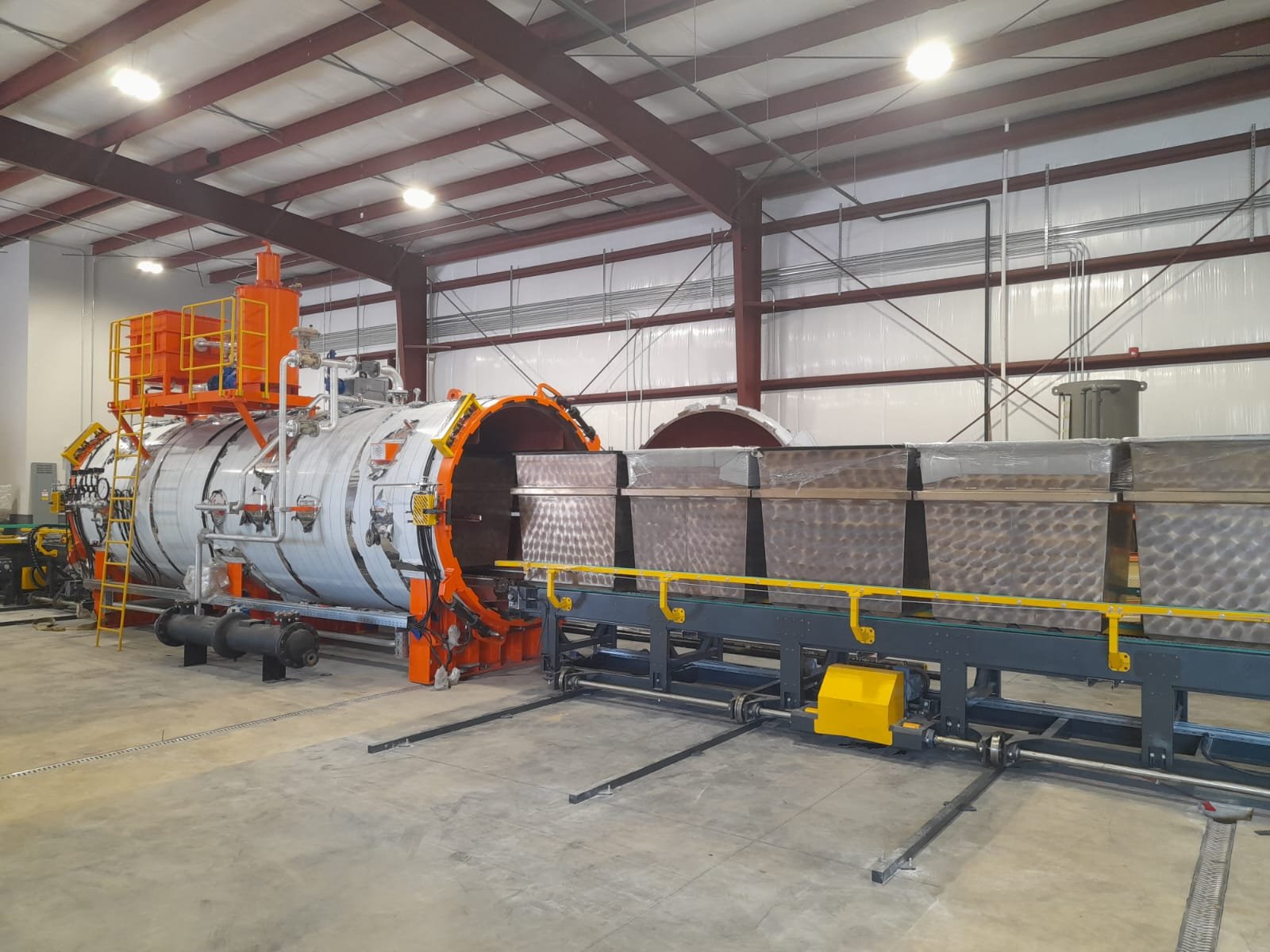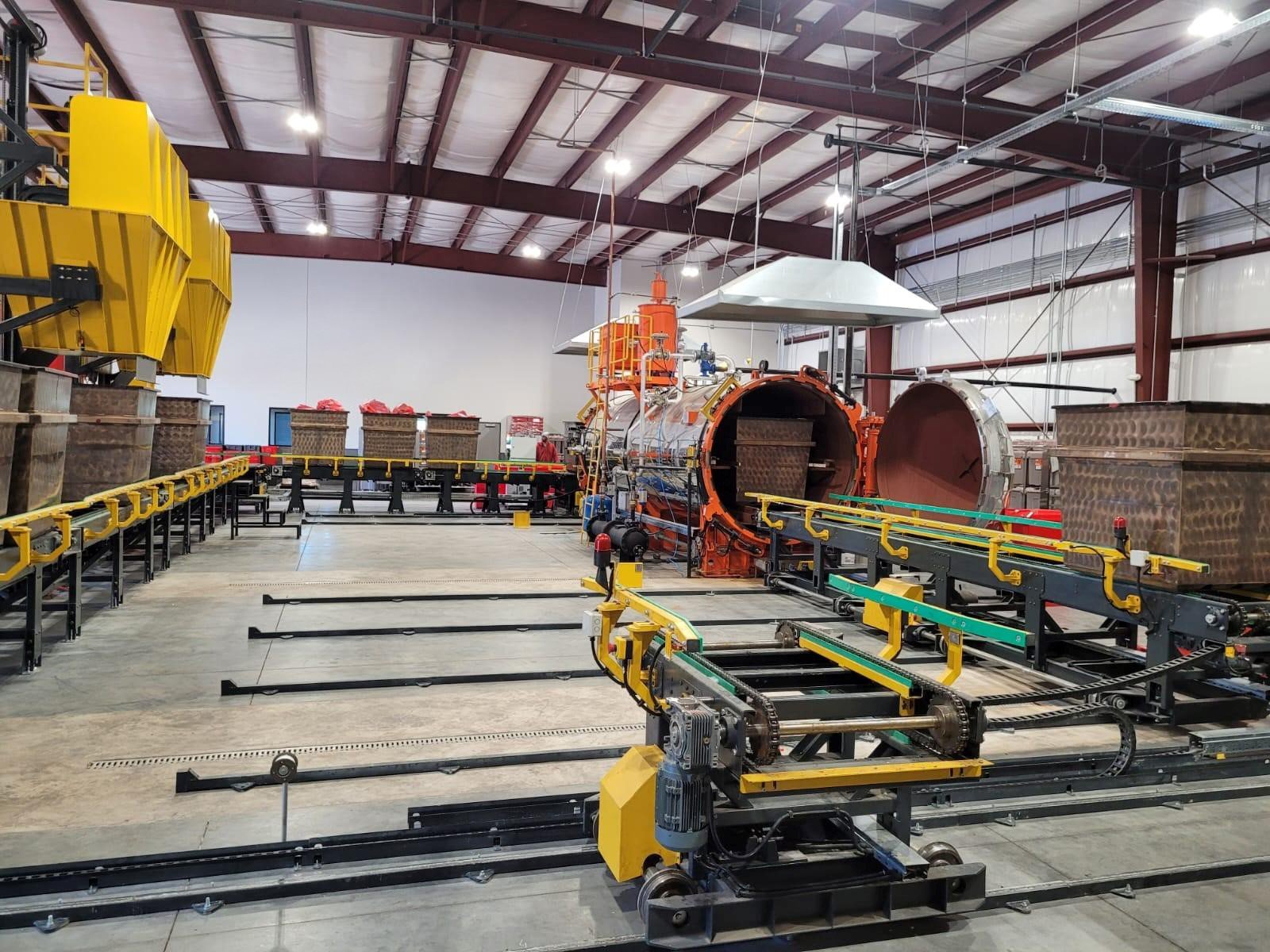Advantages of Centralized Medical Waste Sterilization Facilities
Medical waste is a special type of waste that is continuously and consistently generated in healthcare facilities. It is a matter of public health importance, and proper sterilization in compliance with regulations is crucial. Addressing the entire process from the moment medical waste is generated to its sterilization with legal, managerial, ecological, financial, and technical dimensions as a whole, and taking action within the regulatory framework, constitutes one of the key components of a sustainable waste management system.
Each country has its own medical waste regulations, detailing every aspect from how the waste should be stored from the moment it is produced in hospitals to whether it can be sterilized within the hospital or must be transported to a centralized facility. These regulations also specify the required features of the vehicle that will transport the waste if it is to be processed at a centralized facility. Consequently, the medical waste sterilization and disposal model varies depending on each country’s regulations. These models include sterilization at the healthcare facility where the waste is generated or the collection and disposal of all medical waste at a centralized facility.
When examining the advantages of centralized medical waste disposal facilities, the following benefits emerge:
- It is a more suitable option for small-scale healthcare facilities to send their waste to a centralized facility.
- The operation, maintenance, and compliance with environmental standards are easier in terms of human resources.
- Capacity expansion can be achieved at a lower cost due to the economies of scale.

For healthcare centers and hospitals with a capacity of fewer than 50 beds, sending medical waste to a centralized facility for disposal is economically more feasible. The amount of waste generated directly affects the return on investment period. For this reason, if a healthcare facility generates less than 50 kg of waste daily, handling its own waste disposal would not be a rational investment, as the associated personnel and operational costs would not justify the investment within a reasonable timeframe. Thus, sending waste to a centralized facility is financially more advantageous for such healthcare institutions.
From a human resources perspective, in cases where healthcare institutions manage their own waste disposal, the personnel assigned to this task are often reassigned from other departments. This situation prevents the effective use of the equipment and the implementation of basic maintenance measures. Moreover, personnel originally assigned to other departments may lack expertise in environmental compliance, increasing the likelihood of regulatory shortcomings. On the other hand, since centralized facilities are specifically established for waste disposal, the staff are experts in technical, regulatory, and environmental compliance matters. As a result, the efficient use of equipment, proper implementation of preventive maintenance actions, andadherence to environmental regulations are ensured.

Finally, since the amount of medical waste tends to increase over time, potential capacity expansions may be required in the medium term. However, most healthcare facilities lack sufficient space for expanding sterilization equipment. In contrast, when a centralized facility is initially planned, its size is determined to accommodate potential future capacity increases. As a result, since a centralized facility continues to operate with increasing waste disposal capacity after the initial investment, the facility’s fixed costs gradually decrease in accordance with economies of scale.

